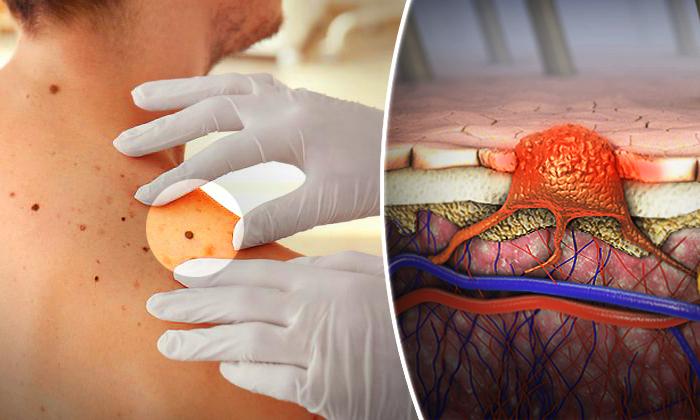Researchers from the University of Queensland (UQ) are developing a new skin microbiopsy device that takes smaller skin tissue samples than current devices in use, bringing possibilities of change to future diagnostics of skin cancers and other skin conditions.
In contrast, the microbiopsy device being developed takes samples less than 0.5 millimetres in diameter.
The developers claim the device, which leaves a “tiny puncture site in the skin that heals in days,” is relatively painless even without the use of anaesthetics.
Though the current procedure is low-risk and mostly painless due local anaesthetics, the lesion often needs sutures to enable wound healing and control bleeding. The invasiveness of the procedure therefore limits the number of samples that can be taken.
However, the new technology invented by researchers associated with UQ’s Faculty of Medicine Dermatology Research Centre will allow dermatologists to rapidly collect samples of skin without the use of local anaesthetic or sutures.
Soyer said the less invasive technology also offers the opportunity of having multiple sites sampled; a feat not possible with the traditional biopsy puncher.
The researchers believe the technology will allow clinicians to better monitor the progression of suspected skin cancers and other conditions by continuous sampling, without the need for more invasive therapies.
He said that the technology may open the door to profiling of biological markers and can improve diagnostic information for doctors and possible create personalised medicine treatments.





